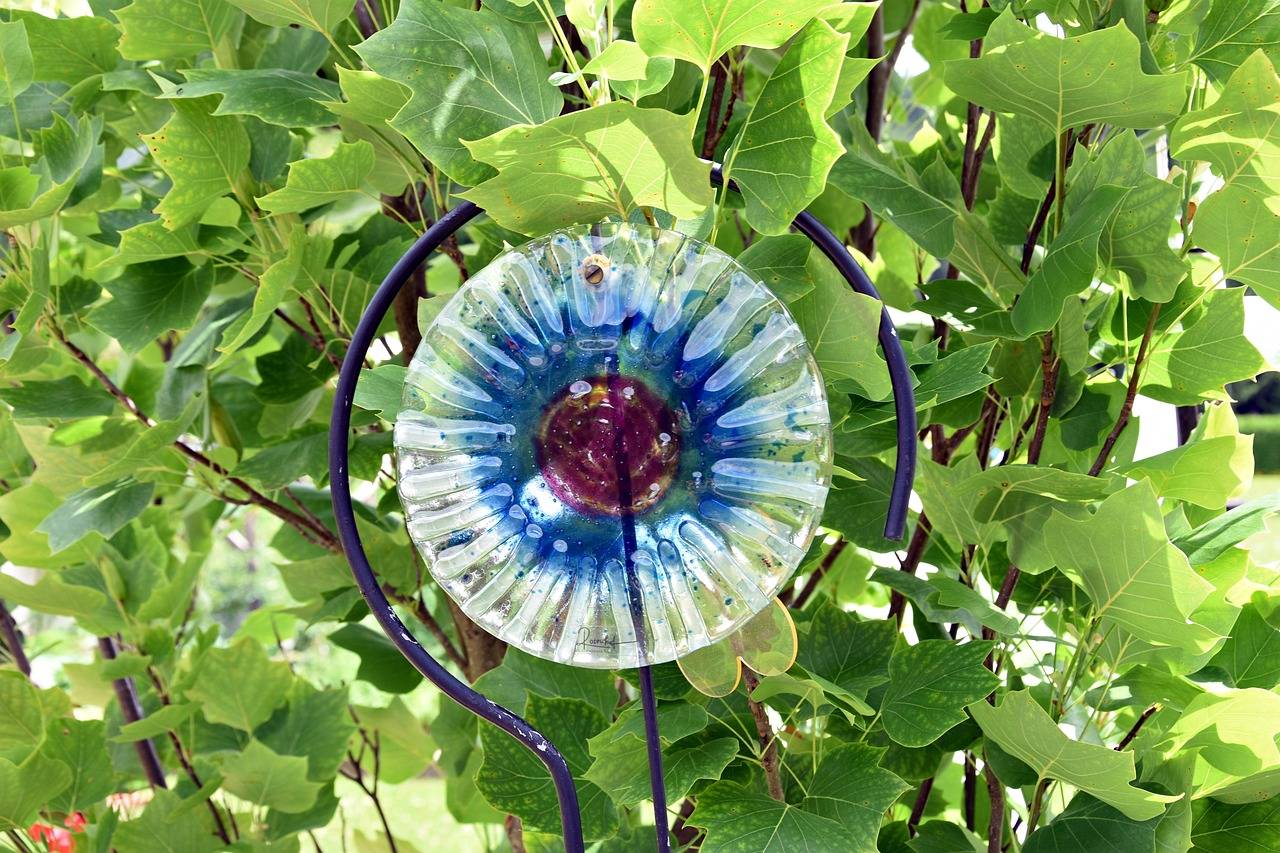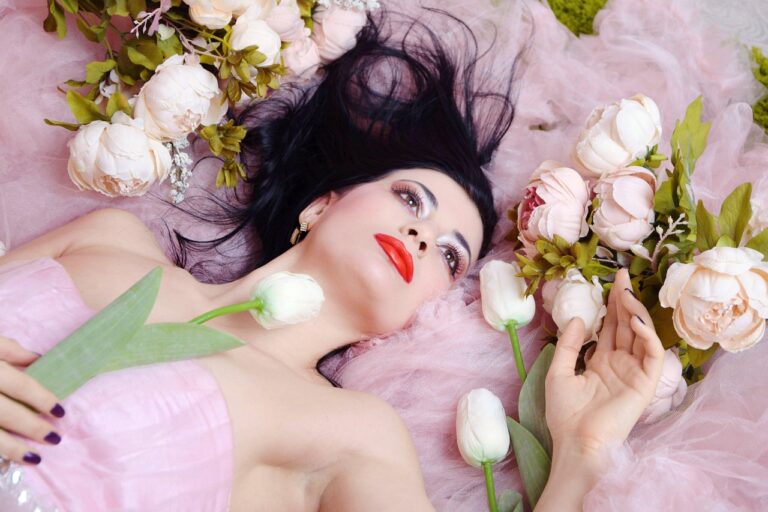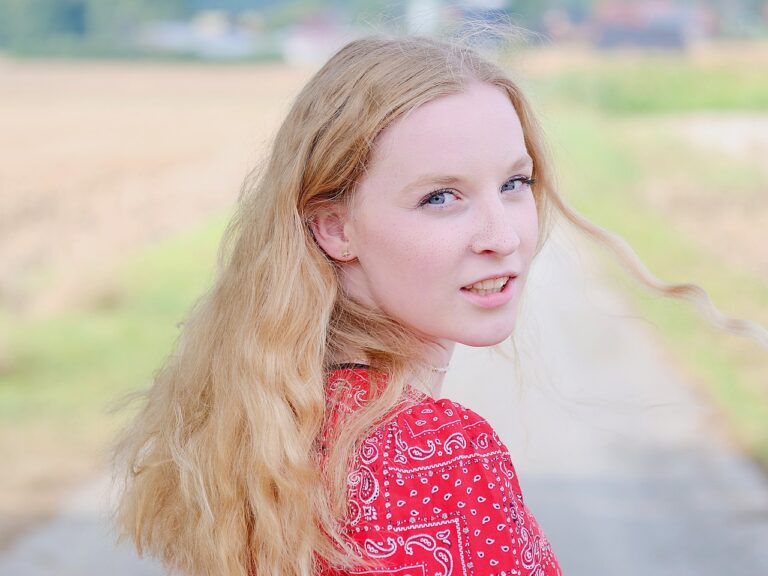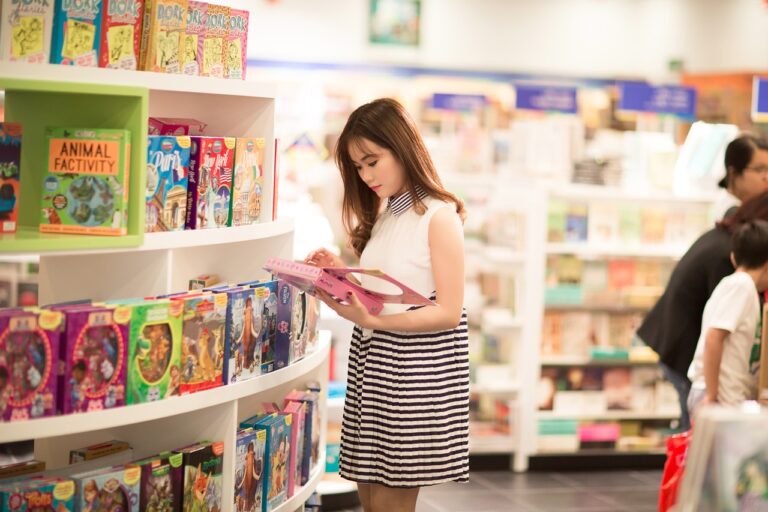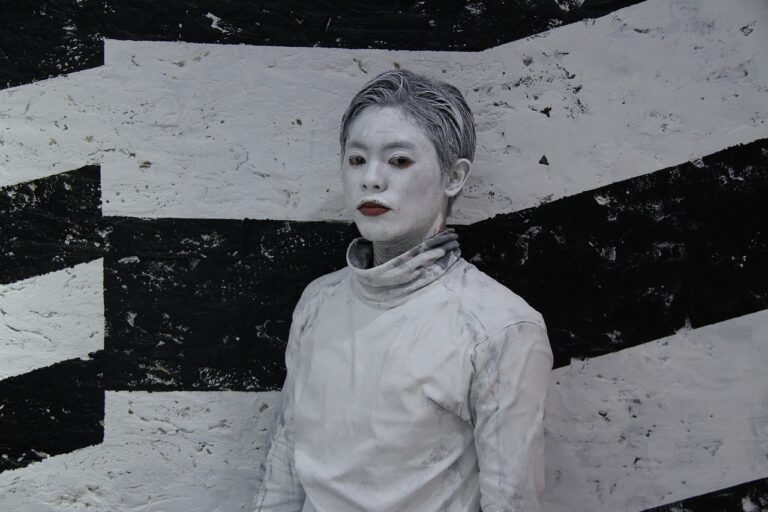The Influence of Art Deco on Fashion Design: Embracing Geometric Patterns and Luxe Fabrics
Art Deco emerged in the early 20th century as a prominent art and design movement that strongly influenced the world of fashion. Its origins can be traced back to the 1920s and 1930s, originating in France before spreading to other parts of the globe. The style is characterized by its bold geometric shapes, vibrant colors, and sleek lines that exude a sense of luxury and modernity.
The evolution of Art Deco in fashion saw designers incorporating these distinctive elements into their clothing designs, from dresses to accessories. This design aesthetic was embraced for its ability to convey opulence and sophistication, making it a popular choice among the fashion elite. As the movement evolved, it continued to inspire new trends and innovative interpretations, solidifying its place as a timeless influence in the world of fashion.
Incorporating Geometric Shapes into Clothing Designs
Geometric shapes have long been a key element in fashion design, adding a sense of structure and symmetry to garments. From bold stripes to intricate patterns, designers have found creative ways to incorporate geometric shapes into clothing designs. These shapes can range from simple squares and triangles to more complex forms like chevrons and hexagons, adding visual interest and a modern touch to the overall aesthetic.
By strategically placing geometric shapes on different parts of a garment, designers can create illusions of movement and dimension. For example, a dress adorned with diagonal stripes can elongate the body, while a top with geometric color blocks can emphasize the waistline. Whether used as a focal point or to accentuate certain features, the versatility of geometric shapes in clothing design allows for endless possibilities in creating unique and eye-catching pieces.
Exploring the Use of Luxurious Fabrics in Art Deco Fashion
Art Deco fashion embraced the use of sumptuous fabrics to create garments that exuded luxury and sophistication. Silk, velvet, and satin were among the favored materials due to their rich textures and ability to capture the essence of glamour. Designers often combined these opulent fabrics with intricate beadwork and embroidery to elevate the overall aesthetic of the garments.
One of the hallmarks of Art Deco fashion was the meticulous attention to detail when it came to selecting fabrics. From shimmering sequins to delicate lace, every element was carefully chosen to enhance the overall design and showcase the craftsmanship of the era. The use of luxurious fabrics not only added a sense of indulgence to the garments but also reflected the opulence and decadence that characterized the Art Deco period.
• Silk, velvet, and satin were favored materials in Art Deco fashion
• Fabrics were often combined with beadwork and embroidery for added glamour
• Attention to detail was a hallmark of Art Deco fashion
• Shimmering sequins and delicate lace were carefully chosen elements
• Luxurious fabrics reflected the opulence of the era
What is Art Deco fashion?
Art Deco fashion refers to a style that emerged in the 1920s and 1930s, characterized by geometric shapes, bold colors, and luxurious materials.
How did Art Deco influence fashion?
Art Deco brought a sense of modernity and glamour to fashion, with designers incorporating sleek lines, intricate patterns, and luxurious fabrics into their designs.
What are some common features of Art Deco fashion?
Common features of Art Deco fashion include bold geometric patterns, metallic accents, fringe embellishments, and luxurious fabrics such as silk, satin, and velvet.
How can one incorporate Art Deco elements into their wardrobe?
To incorporate Art Deco elements into your wardrobe, consider adding pieces with geometric prints, bold colors, and luxurious fabrics like silk or velvet. Accessories such as statement jewelry or embellished clutches can also help achieve the Art Deco look.
What are some popular Art Deco fabrics used in fashion?
Some popular Art Deco fabrics used in fashion include silk, satin, velvet, and chiffon. These luxurious fabrics were favored for their rich textures and ability to drape elegantly on the body.

